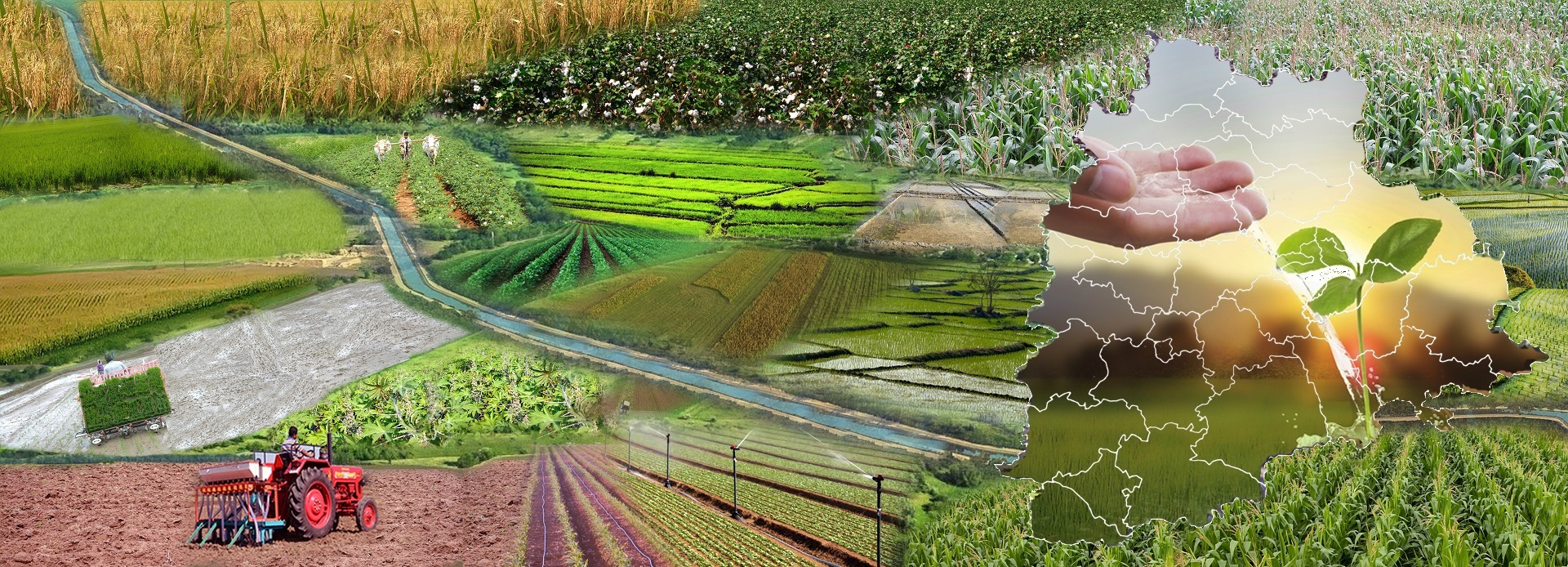



Received: 02-Aug-2022, Manuscript No. GJAEERD-22-74338; Editor assigned: 04-Aug-2022, Pre QC No. GJAEERD-22-74338(PQ); Reviewed: 19-Aug-2022, QC No. GJAEERD-22-74338; Revised: 26-Aug-2022, Manuscript No. GJAEERD-22-74338(R); Published: 05-Sep-2022, DOI: 10.15651/2408-5480.22.10.006
Transport can be described as the lifeline of a nation and upon these lines. Its steady and well-ordered flow depends not only on the vigor of the national economy but also the existence of every nation itself. Transport efficiency governs the efficiency of industry and commerce as well as agriculture along with the sociological events. Indeed, every aspect of life is affected in the movement of men and materials. Therefore the study of rural road transport cannot be overstated. It is a sine-quanon of a nation’s progress. Transport system is the barometer of overall economic and industrial growth and also of switchover the functional life of trade and industry. Therefore from this the fact emergence that the development of the transport system has been given the priority in our national development programme in particular and provide safe and convenient movement facilities of the people in general. In this way the desire of man for working together with his follows very necessary.
Transport infrastructure and economic development is like giving water to a tree. The key factor, which largely influences the economic growth process, is clearly the transport infrastructure. According to the World Development Report 1994, infrastructure capacity grows in concert with economic output. In order to get remunerative price on their produces they have to transport the produces to the making are, for this purpose there must be all weather road links to the market area and the nearest railway station. The railway, on the other hand provides the service between the area of production and the consumers at a distance and between manufacture in the town and the agriculturist in the village. As national income rises infrastructure adopts to support changing patterns of demand, with the share of power, transport and communication increasing relative to basic services such as water supply with 86 irrigation projects, many countries made impressive strides in infrastructure expansion during their of development. In railway and ports, the sunk cost is less significance for investment in rolling stock or freight handling equipment then for fixed facilities such as railway track.
Transport is one of the most pervasive services with in the economy. It can be rightly described as a vital sector of growth. Economic development in a country requires adequate and effective transport services. The degree to which transport creates new activity may depend upon other equally necessary conditions with in the economy. It is to accept that inadequate of transportation acts as the inhabiting factor in the actual process of developing. Transport is one of the essential elements of an integrated plan for area development.
One of the major indicators of development of a country is the existence of high quality transport network, availability of number of mechanised motor transport, adequate number of railway, air and shipping services as per the demand of the users. So transport development is synonymous with economic growth. To overcome the deficiencies in various modes of transport emphasis is laid on improvement of transport infrastructure to all the users for better transport system. Effective transportation system has been playing a vital role in the economic prosperity of a country well knitted transportation system enables the varied customers to transport their good’s according to their own convenience and desire one and all universally accept the need for a more efficient and effective transportation system.